Vivid past in Pompei and Herculaneum
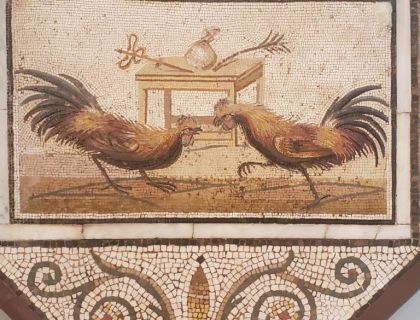
.
.
It is rare that we get a rush of recognition of the past as a vivid spectacle played by fellow humans, but this is what happens when you are confronted with the snapshots preserved in the volcanic ashes of Pompeji and the volcanic sludge descending on Herculaeum in 79 AD.
(I was unprepared for the sheer size of the archeological sites, the scale of the prosperous cities, the degree of preservation of some of the houses, the fact that two thirds of Herculaneum is still buried under a contemporary town and has treasures only future generations will see.)
.
.
But we first need to get past the feeling of horror at the sight of skeletons embracing each other, at the idea of the conflagration engulfing an entire community unprepared. This is not easy since the pain was intense and real, as intense and real as the pain felt by people burnt by Napalm in Vietnam, and no distance in time can erase or diminish these singular one-time events in human consciousness.
Only then, getting past the reflex of compassion with fellow humans across two millennia, we are ready to admire images that look as though they had been created last week. It is as though the artists of the time had been guided by a premonition, and picked a method of depiction that would resist the wrath of nearby Vesuvius and the abrasion of time: the mosaic.
The mosaics I have seen and admired before, for instance those from Bycantine and Coptic churches, are relatively coarse, with the pixel tiles having their own individual presence. Here in Herculaneum the pixels can be quite small, lending themselves to a continuum of depiction. I’m thinking back to the development of image processing in the 1980s, when computer memory became large enough to allow representation by 512 x 512 or 1024 x 1024 arrays.
And so we admire portraits of people and group scenes and pictures of cock fights that look breathtaking real, coming across like hyperreal photography.
.
.
.
.
.
This entry was posted in Blog and tagged 79 AD, ashes, Bycantine, computer memory, Coptic, horror, mosaic, Napalm, Napoli, sea creatures, skeletons, Vietnam, volcano. Bookmark the permalink.
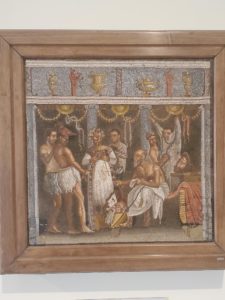
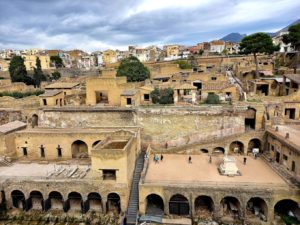
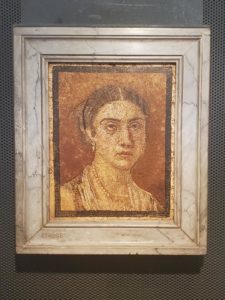
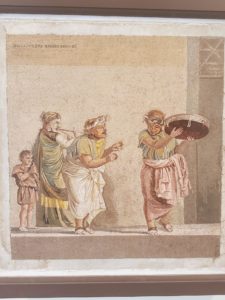
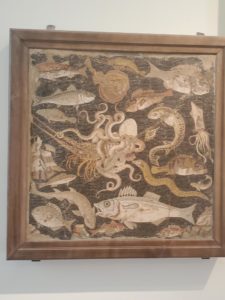

Leave a Reply